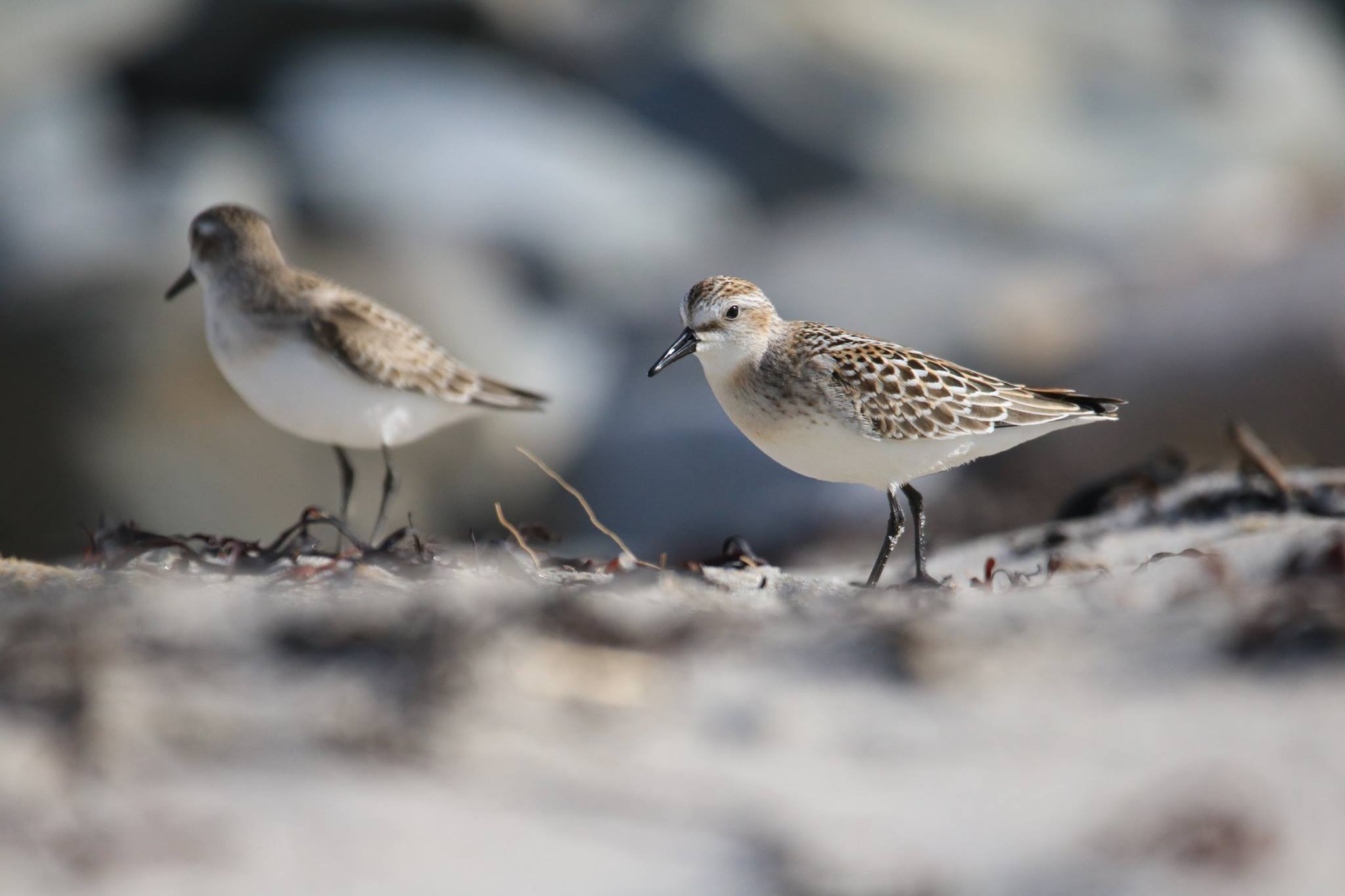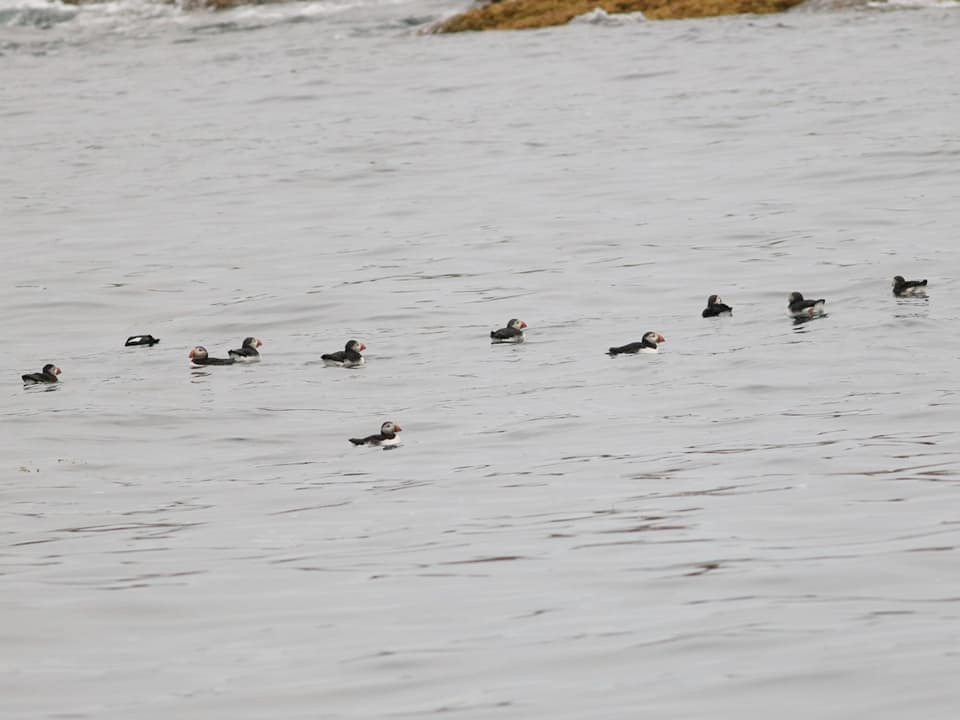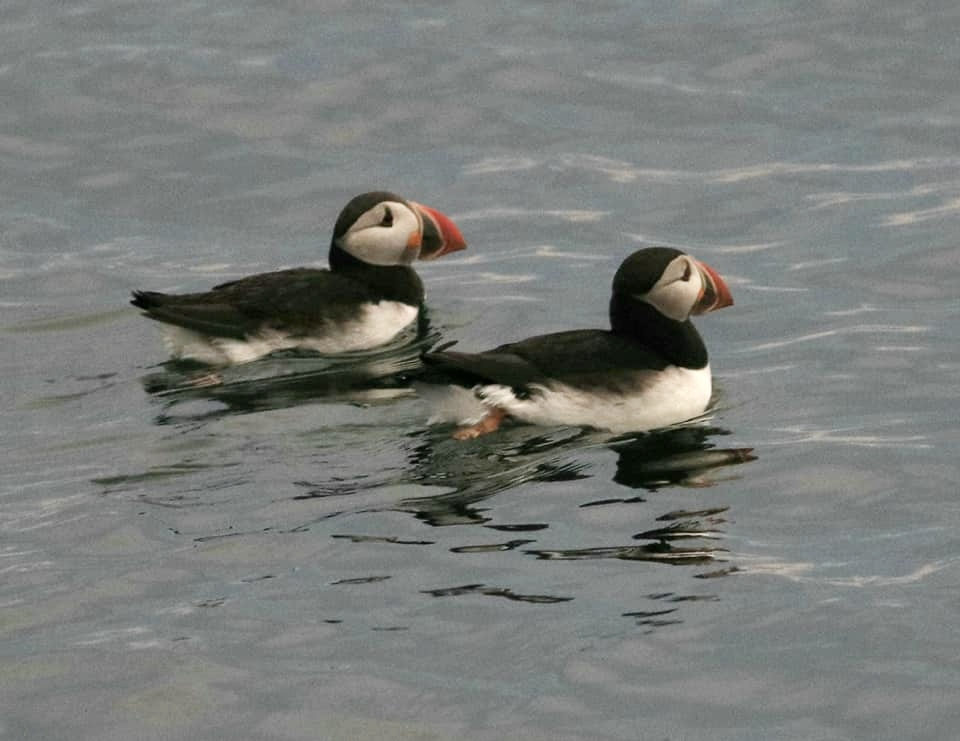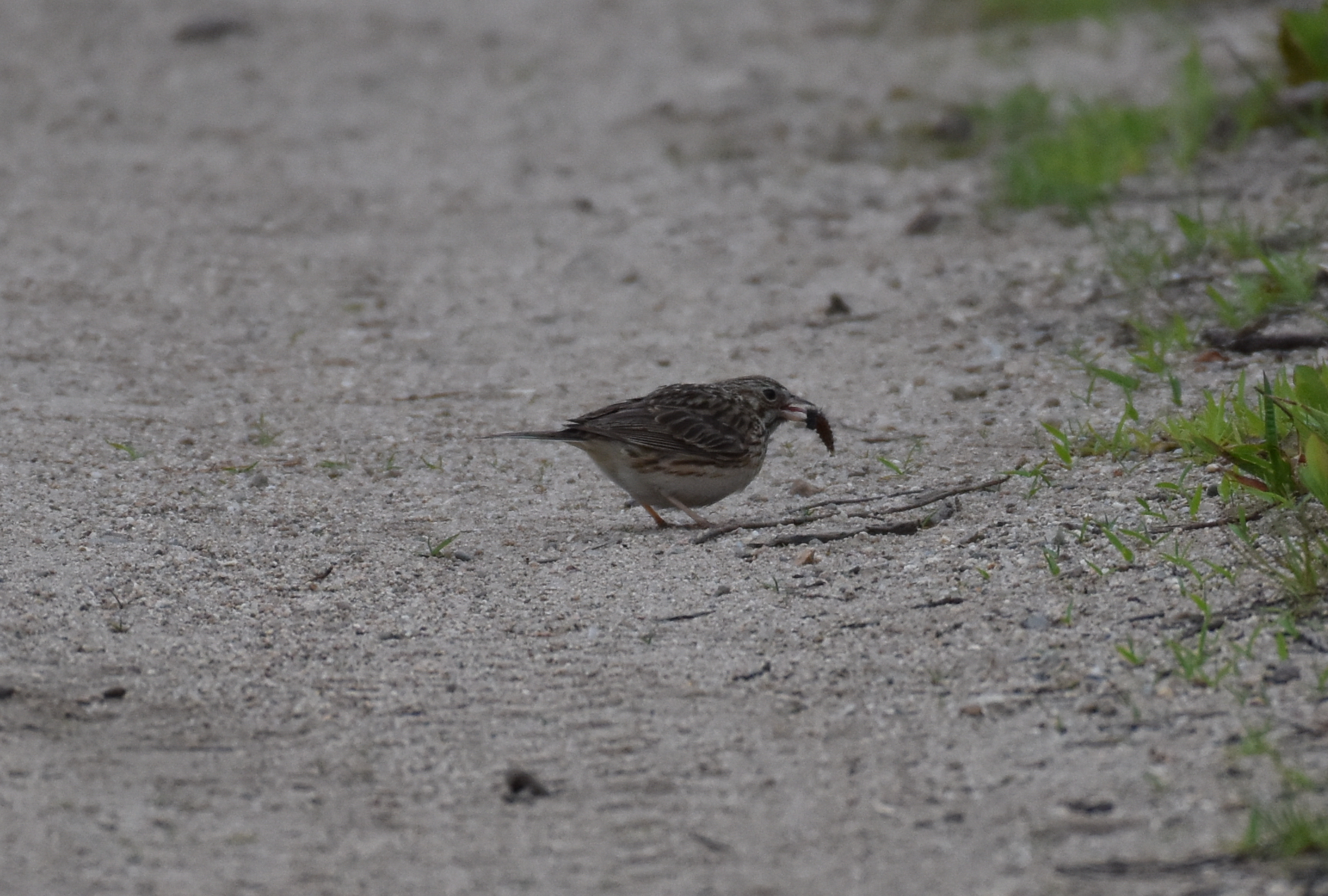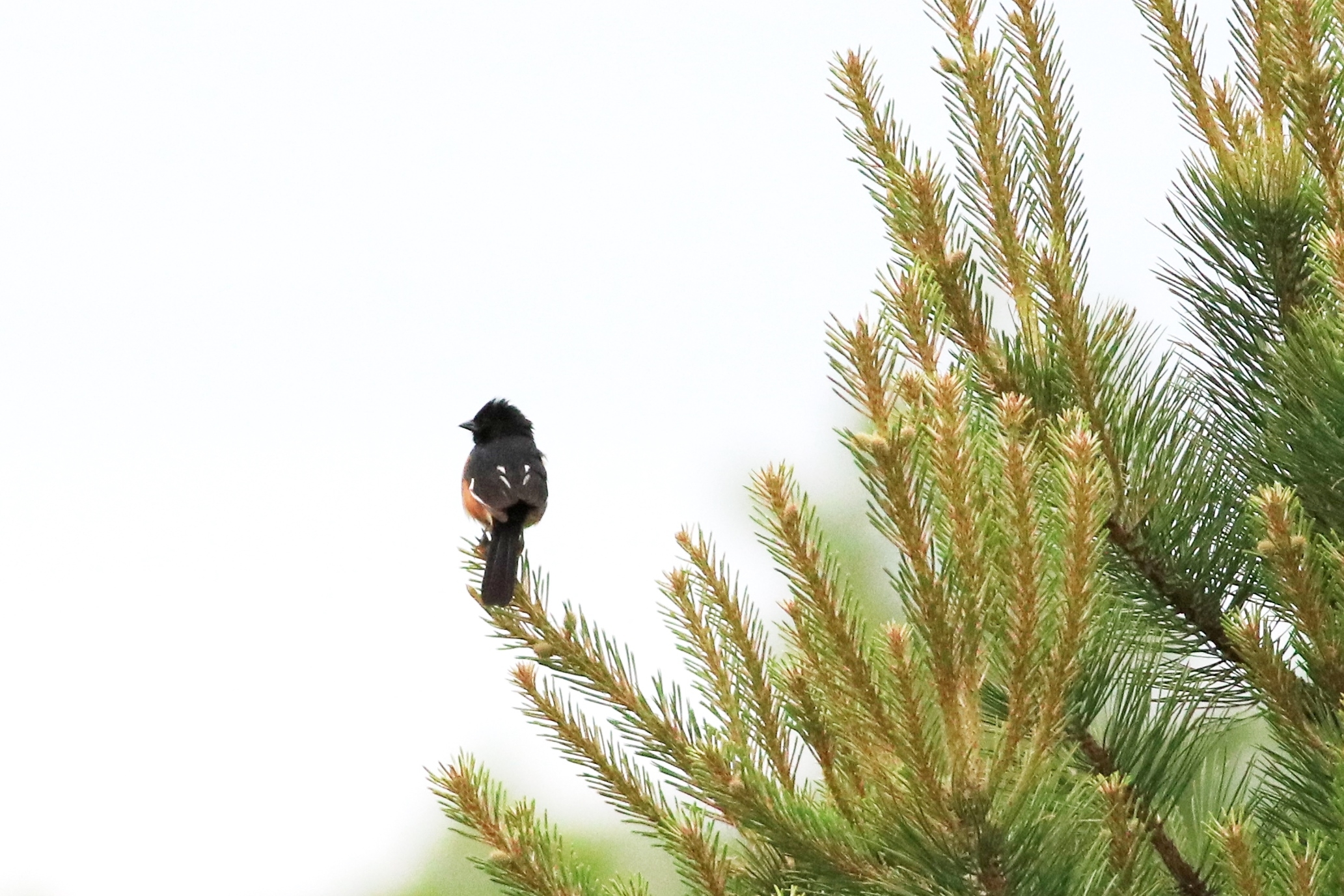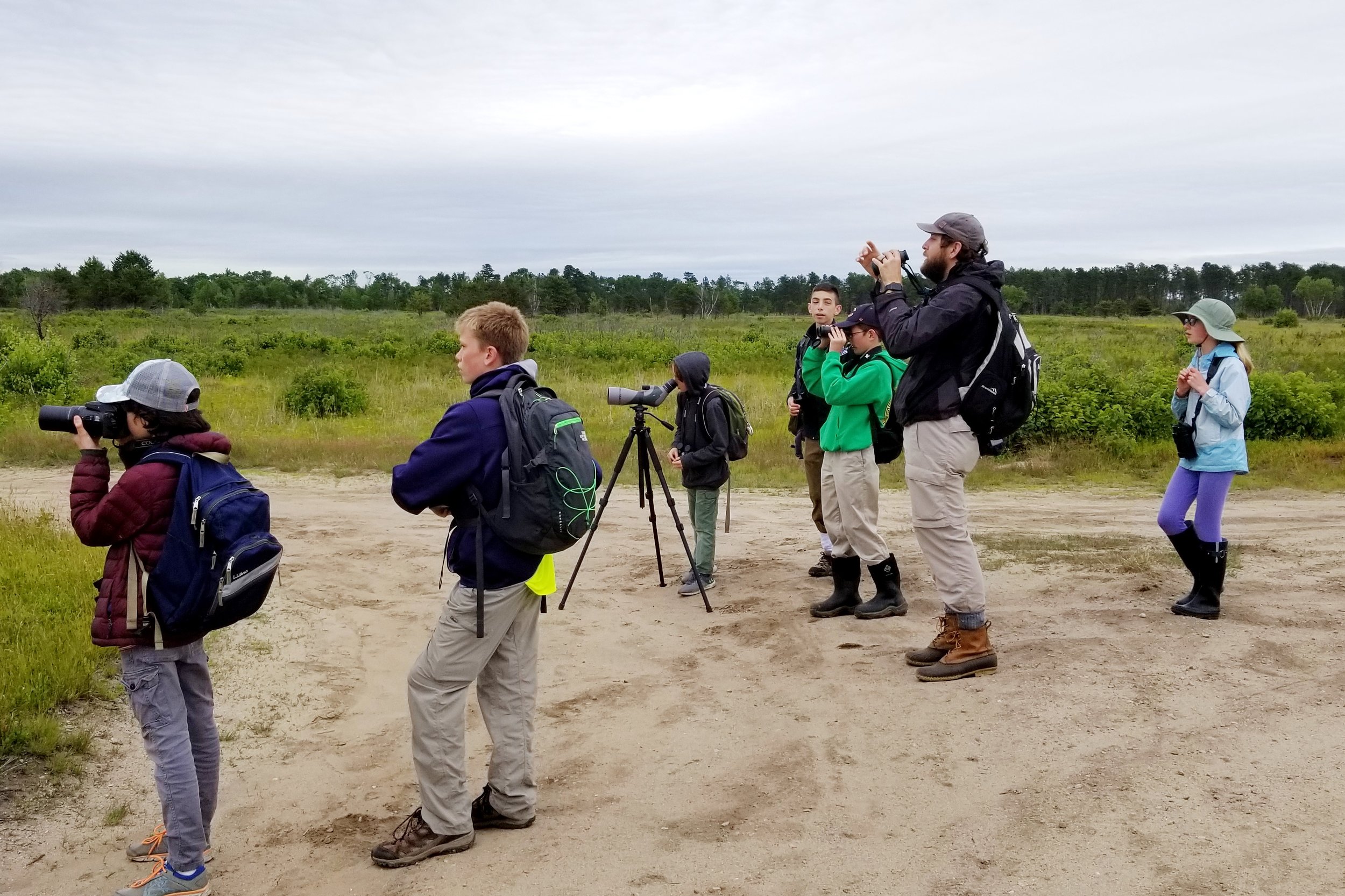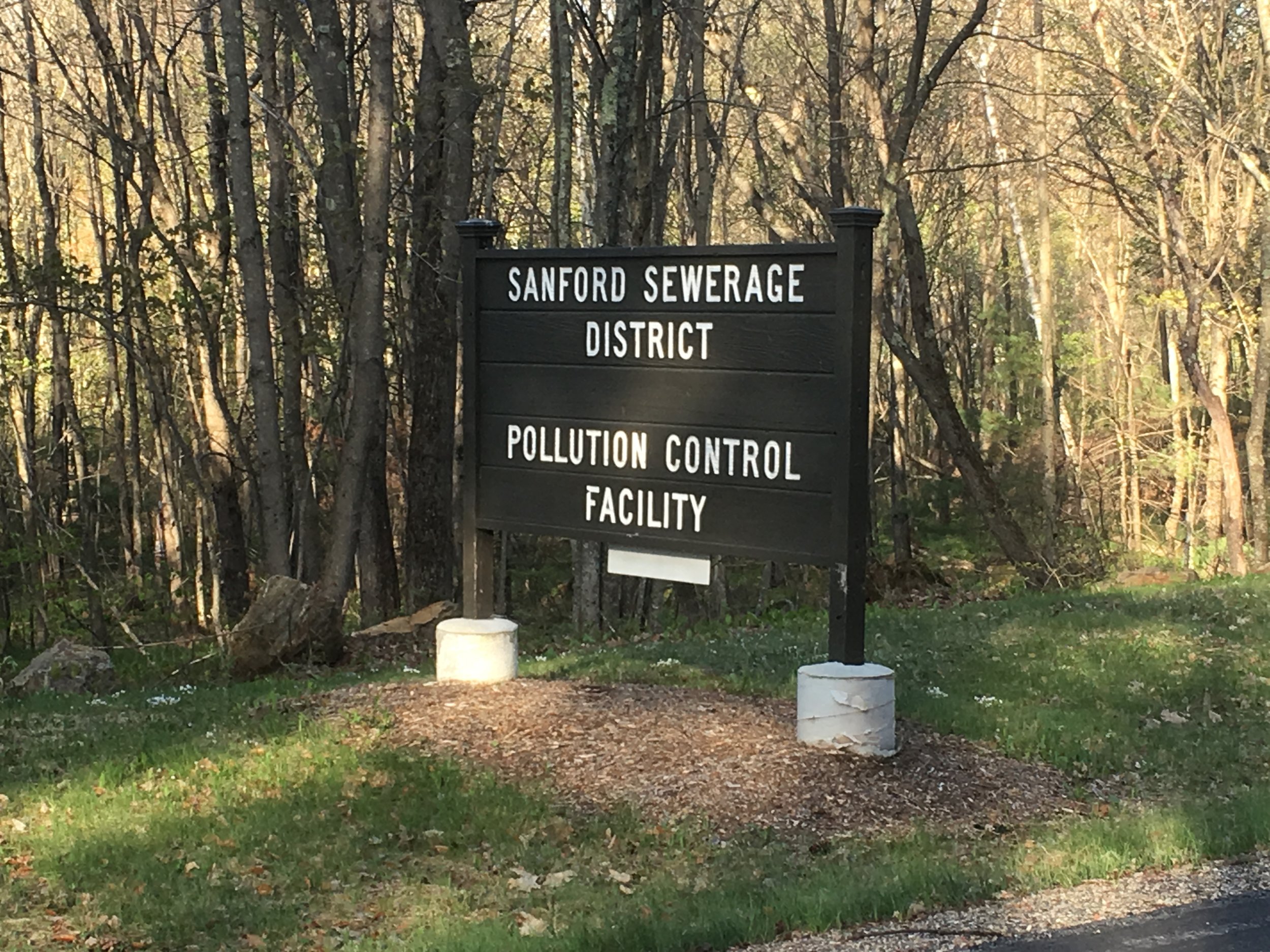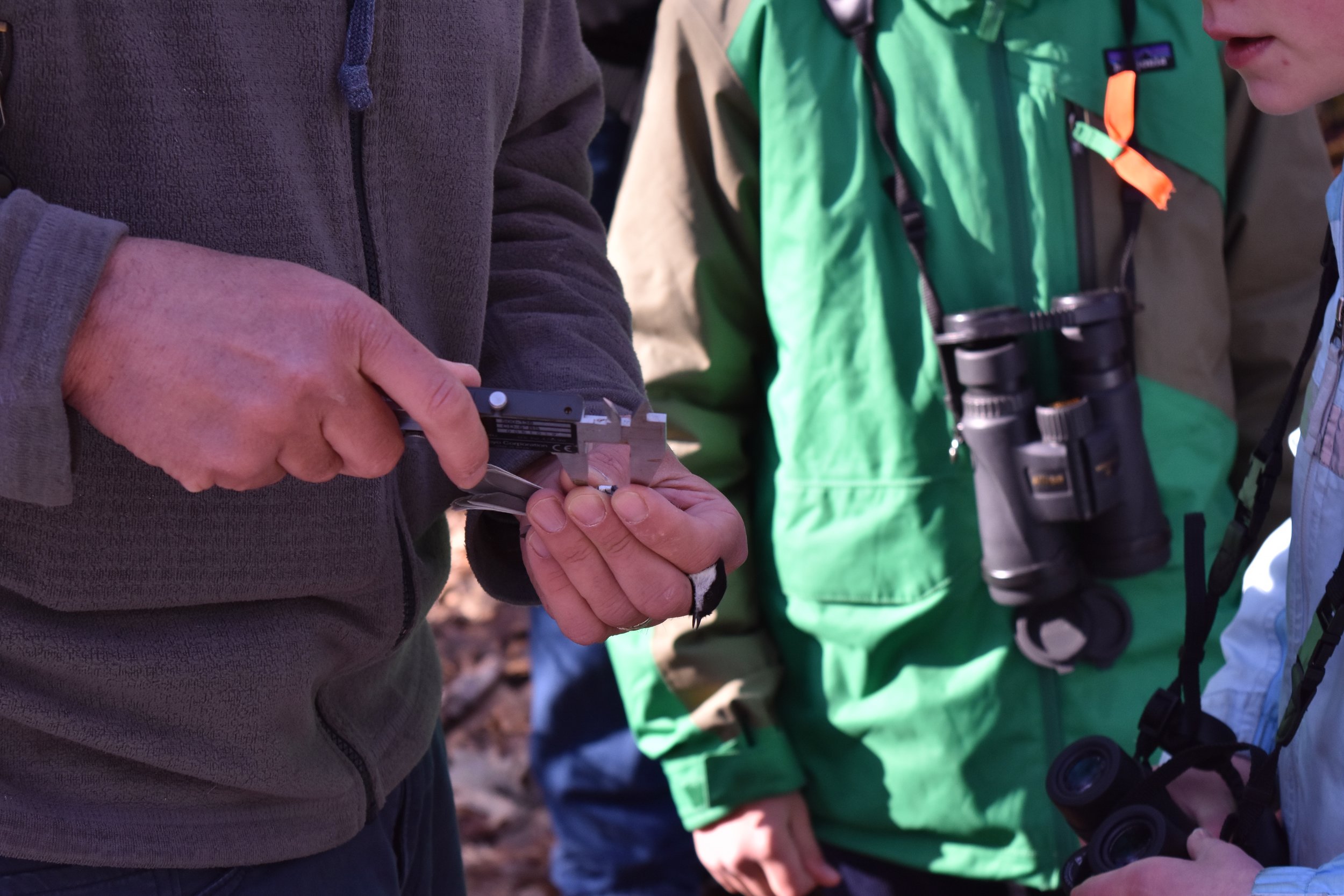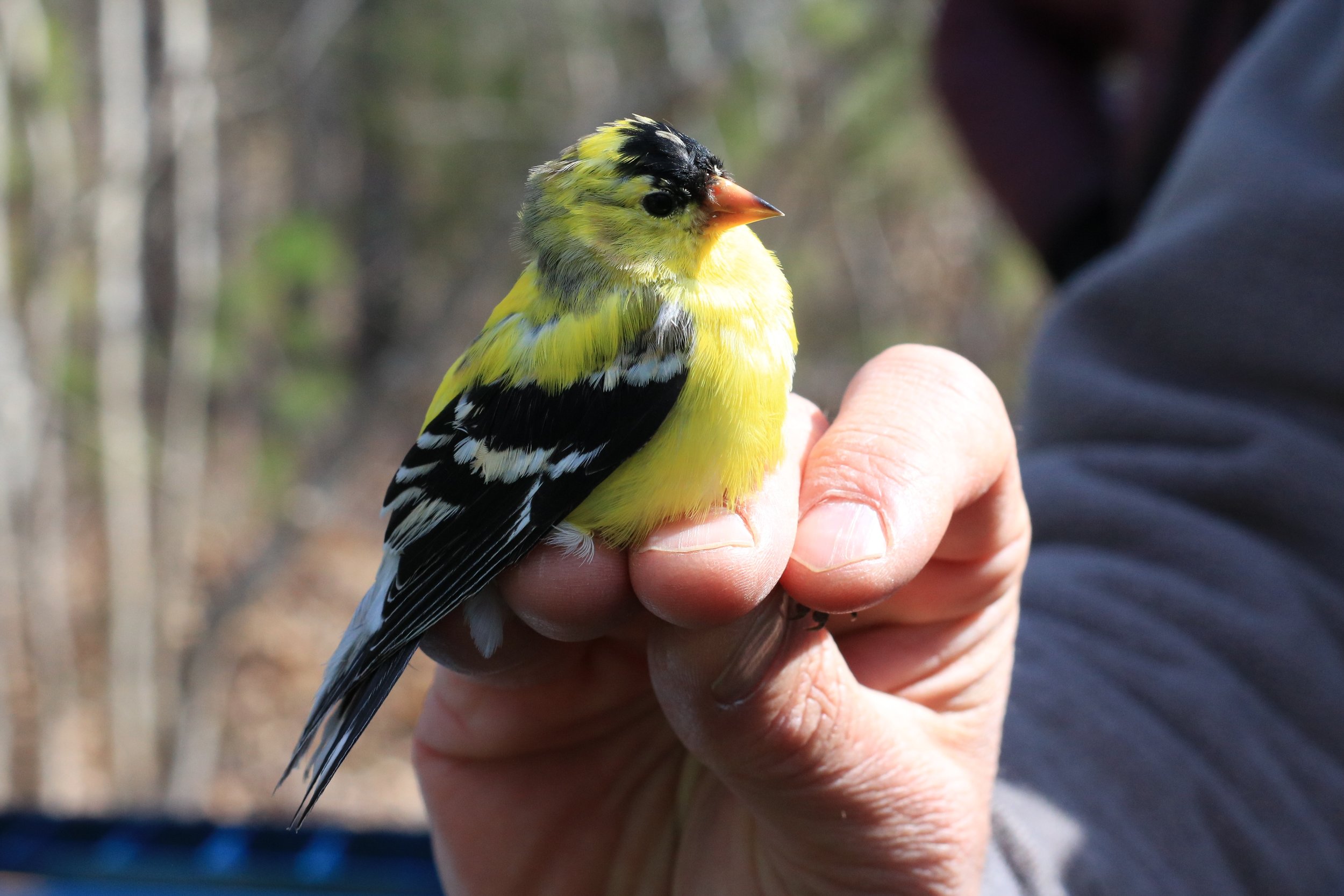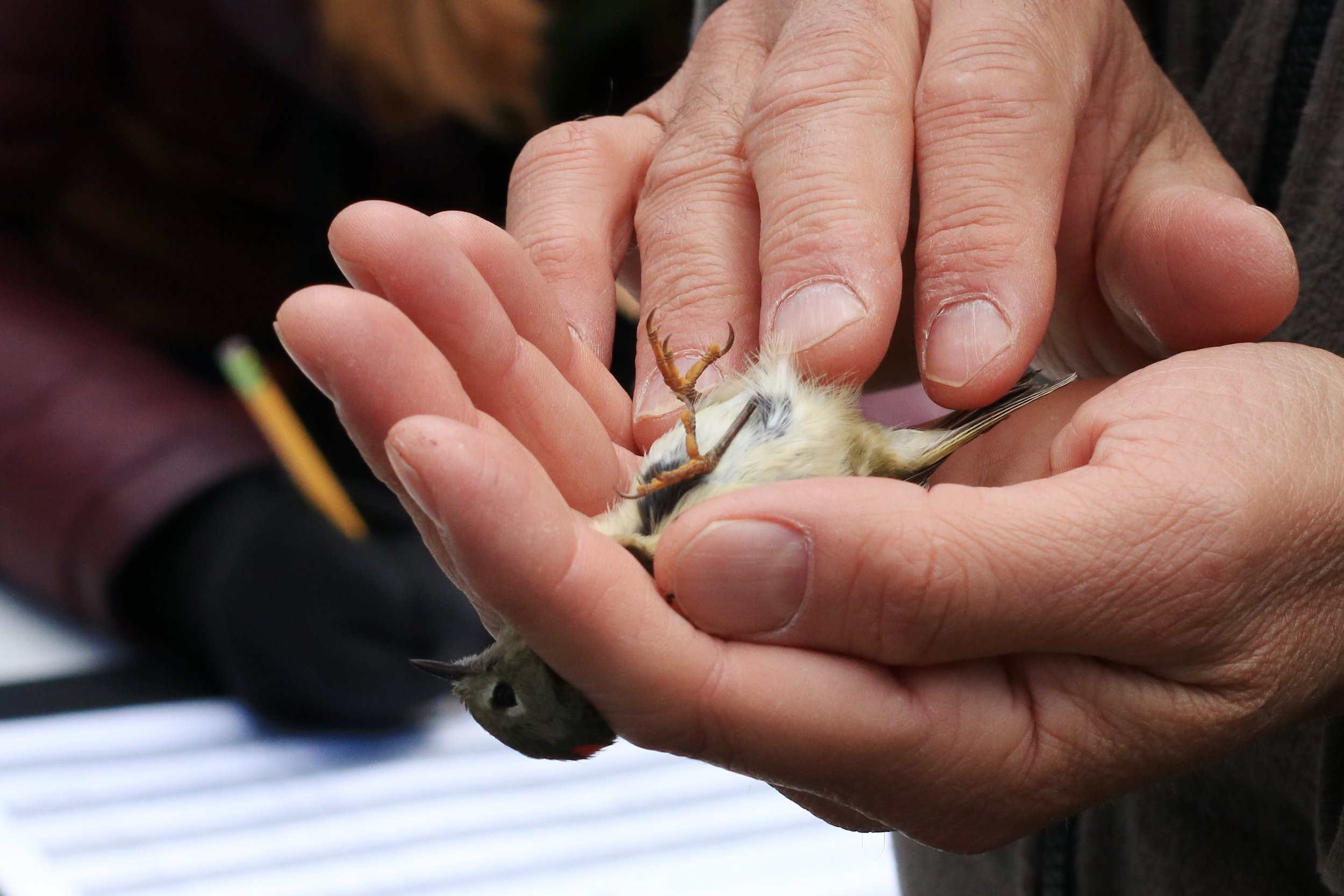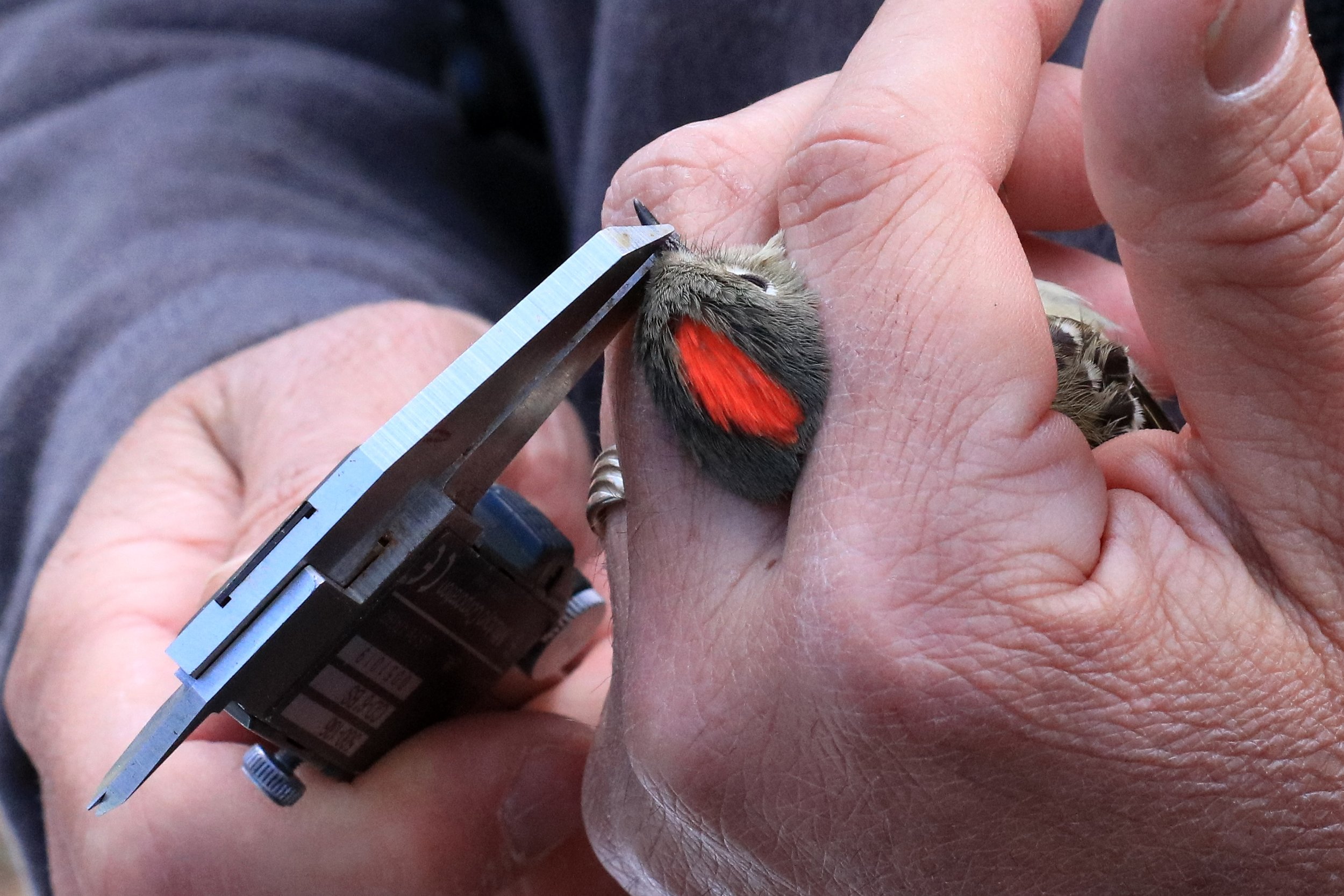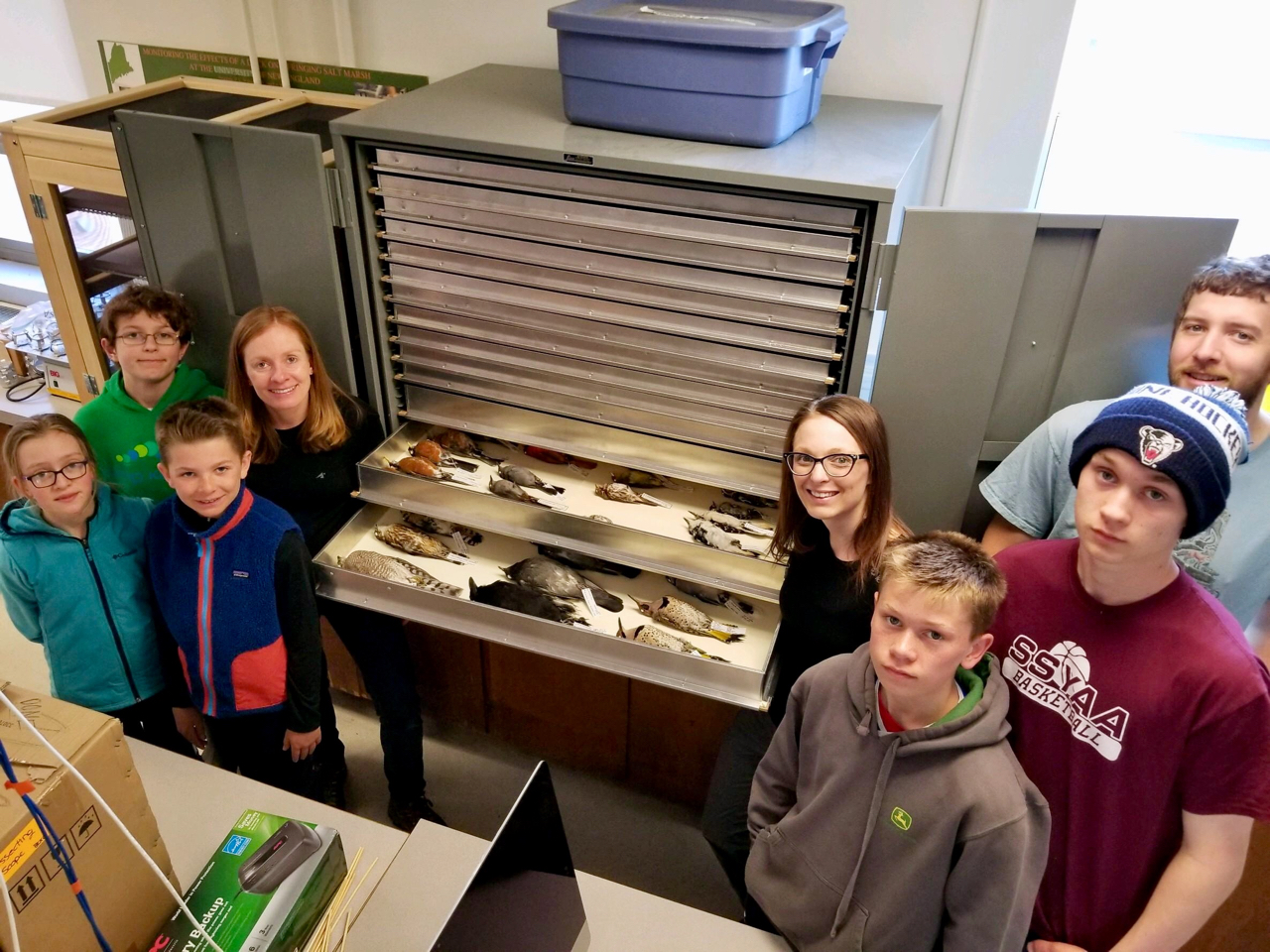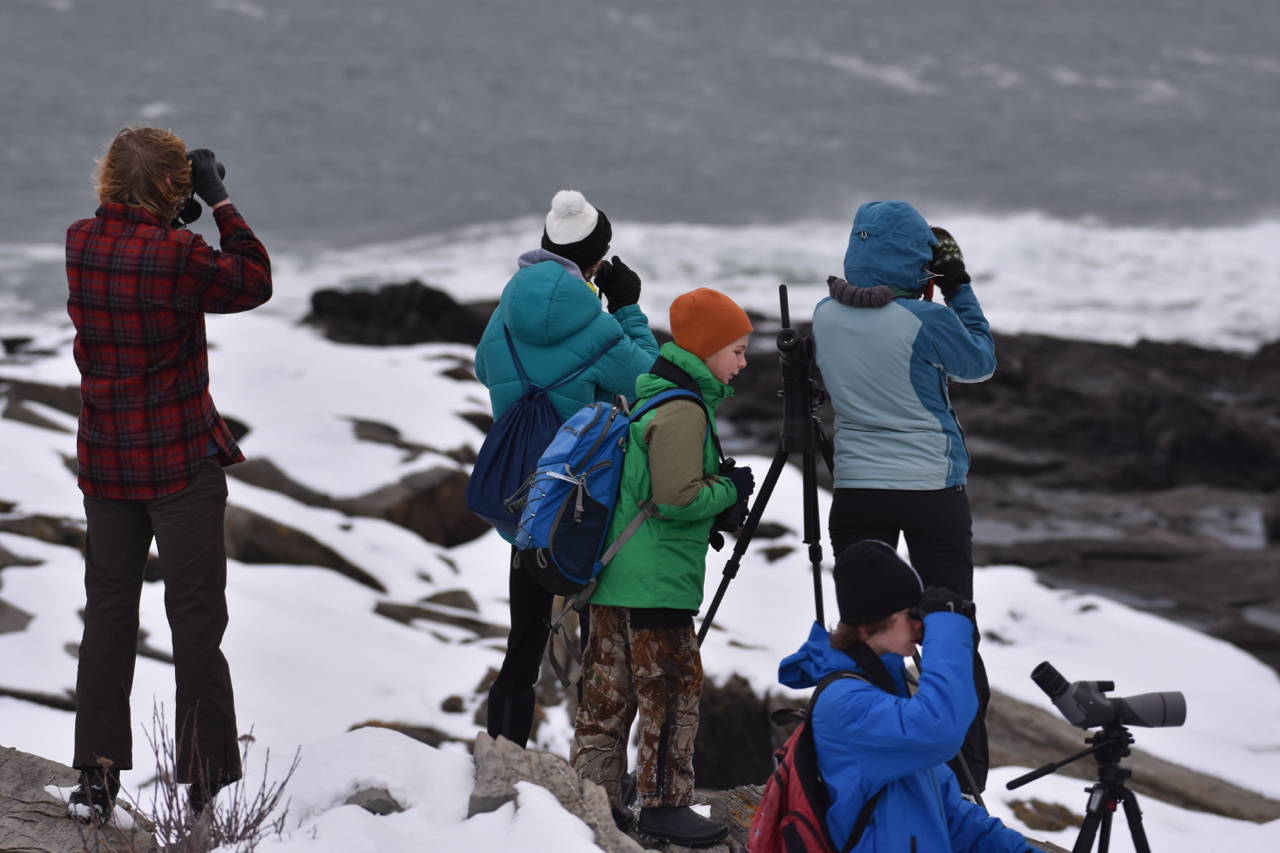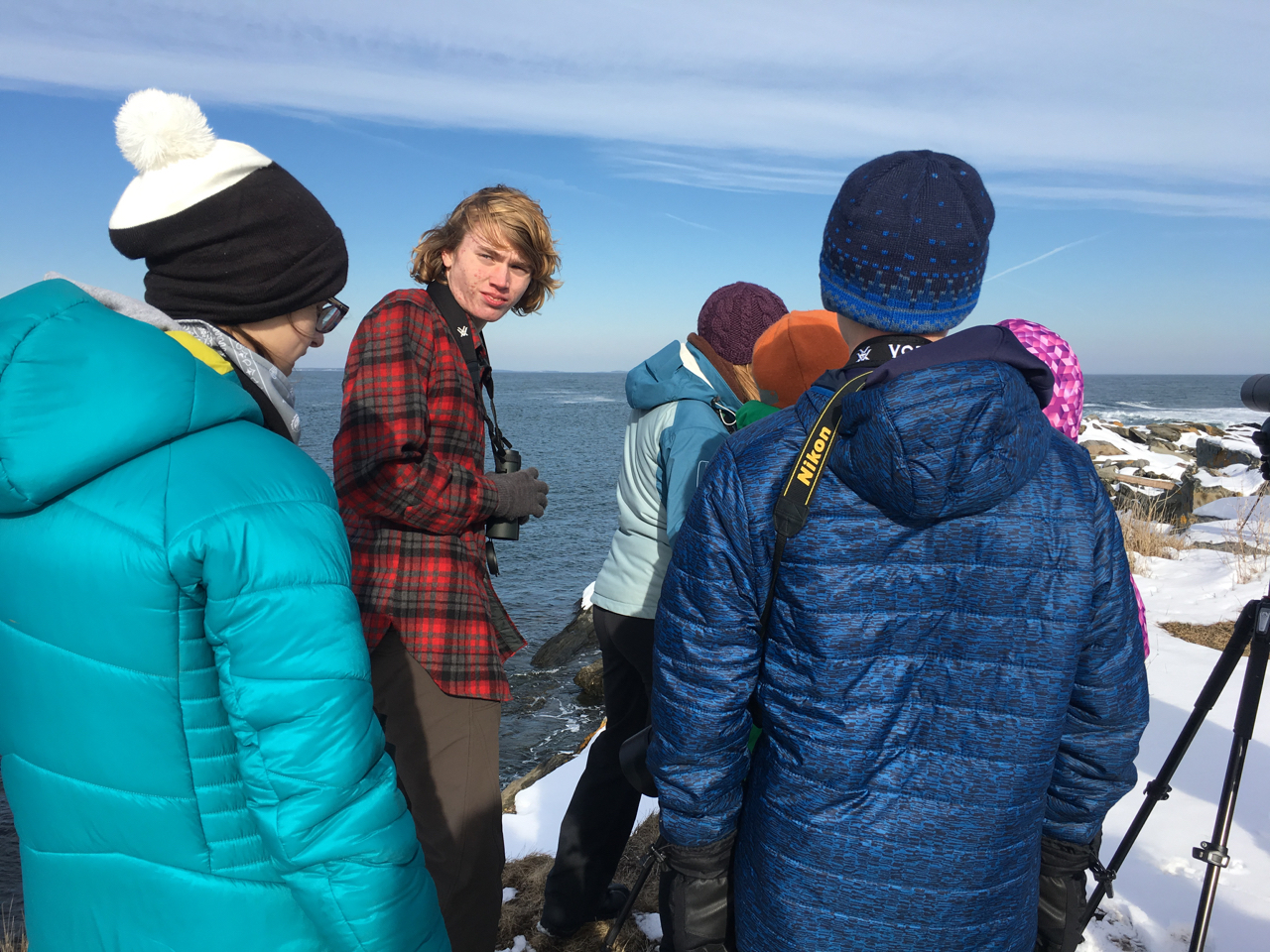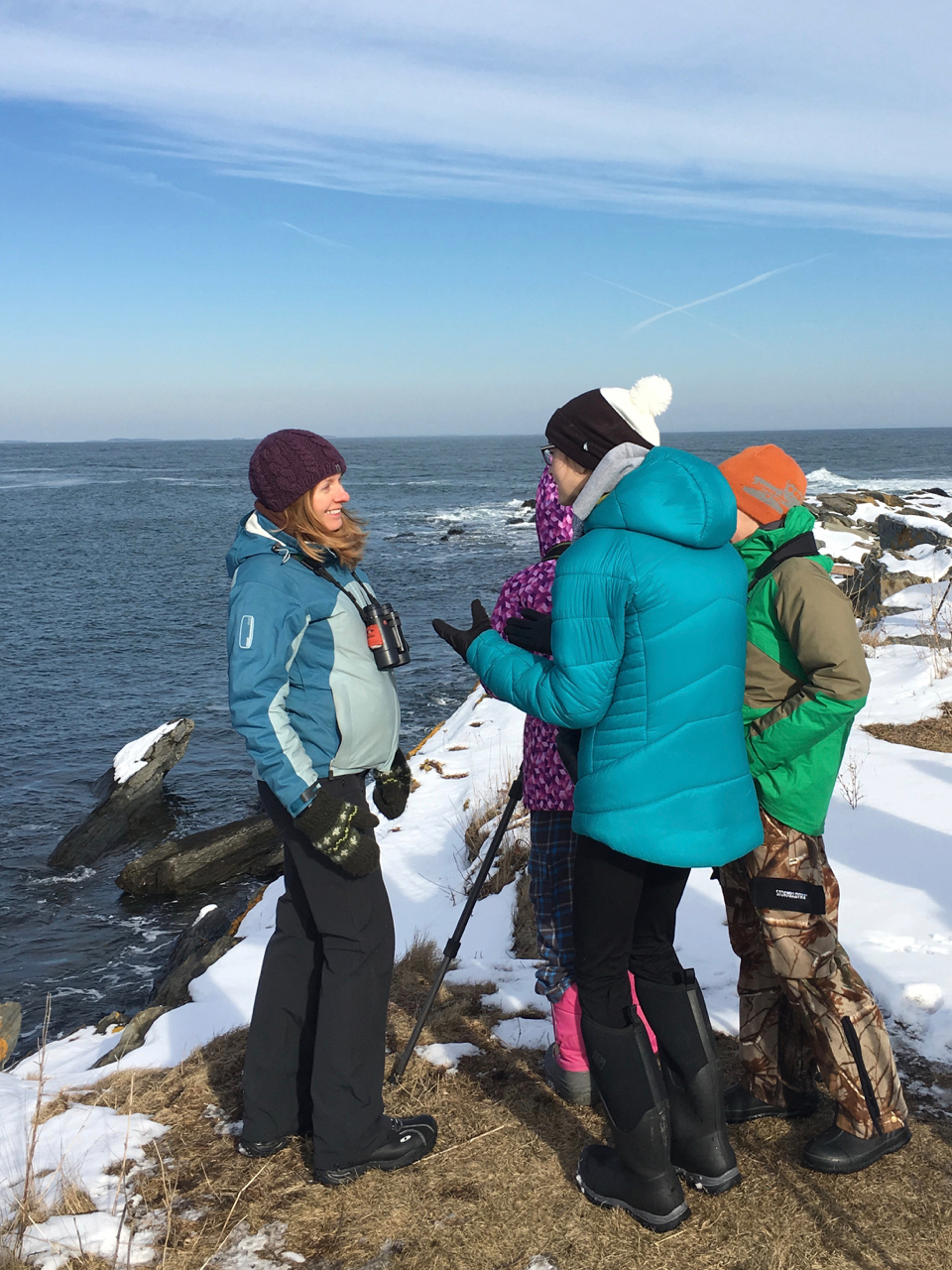By Marion Sprague
On September 22, four young birders met us before dawn to begin our shorebirding adventure. As they say, they early bird gets the worm. Or in this case, the early birder gets the birds! Thank you to all the parents who got up early!
Just at the sun was rising we started our morning at Hills Beach. We arrived about 2 hours after low-tide hoping to catch some of the early morning birds searching for breakfast. We walked the beach and the causeway to Basket Island. Highlights included lots of Black-bellied Plovers (100+), Semipalmated Plovers, Sanderlings, Semipalmated Sandpipers, 2 Long-billed Dowitchers and a single Bonaparte’s Gull nestled among the other gulls. While we got very excited over a single White-rumped Sandpiper, the bird of the day was spotted by Weston Barker when he noticed a shorebird tucked in among the other sandpipers that was bigger and showed off yellow legs. At first sight, we all thought it was a Least Sandpiper, but after examining many photos and consulting an expert we determined we had a Pectoral Sandpiper! Full checklist for Hill Beach can be found here: https://ebird.org/view/checklist/S48663617
Next we headed to South Point Sanctuary, where the shorebirds did not disappoint. We scanned the beach and found a large mixed flocked of shorebirds comprised of Sanderlings, Sempipalmated Sandpipers, Semiplamated Plovers, Herring Gulls, Ring-billed Gulls, and Great Black-backed Gulls. A group of Northern Gannets put on a great show diving offshore. Isla Tucker spotted our only Ruddy Turnstone of the day and Ian Doherty spotted our only Spotted Sandpiper. The highlight for many was the spectacular aerobatics of the Peregrine Falcon that sped through the scattering flocks. Full checklist of Southpoint Sanctuary can be found here: https://ebird.org/view/checklist/S48664982
We wrapped things up with a short stop at Biddeford Pool to scan for shorebirds in the marsh. We picked up a single Northern Pintail dabbling with a few American Black Ducks and one Greater Yellowlegs. Full checklist of Biddeford Pool can be found here: https://ebird.org/view/checklist/S48665425
We had a fantastic trip and are looking forward to some Hawk Watching at Mt. Agameticus in October. Outing details will be sent out about 2 weeks prior to the outing.














